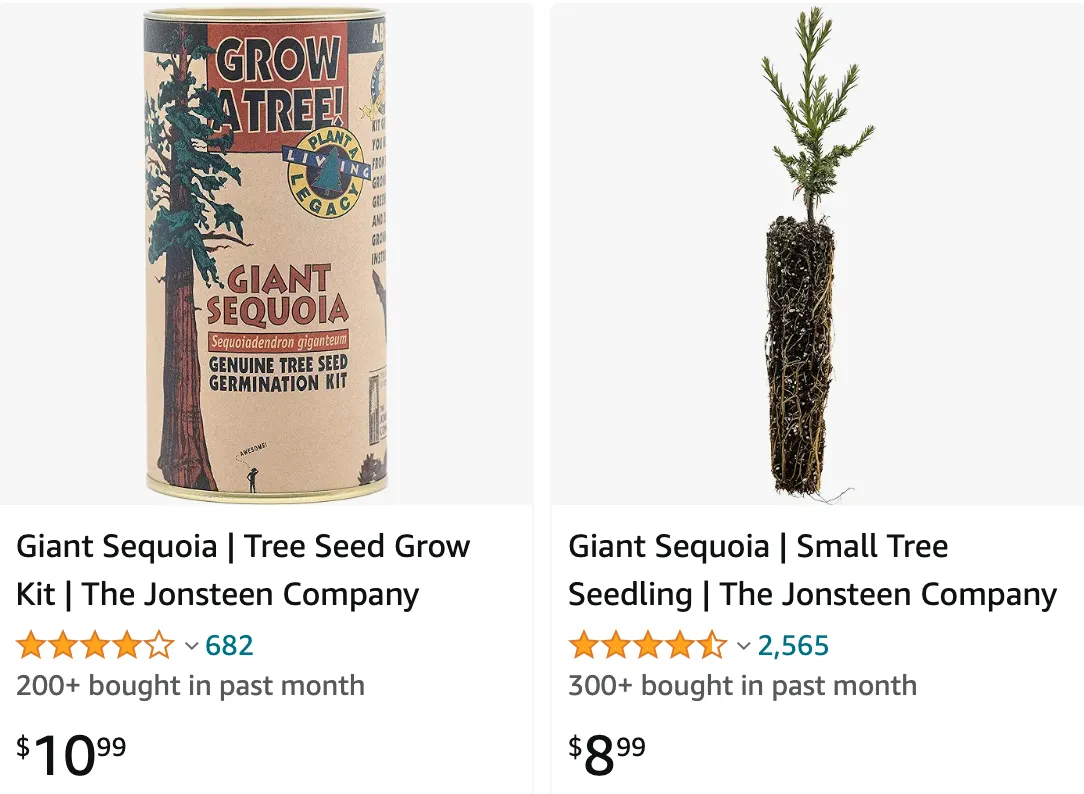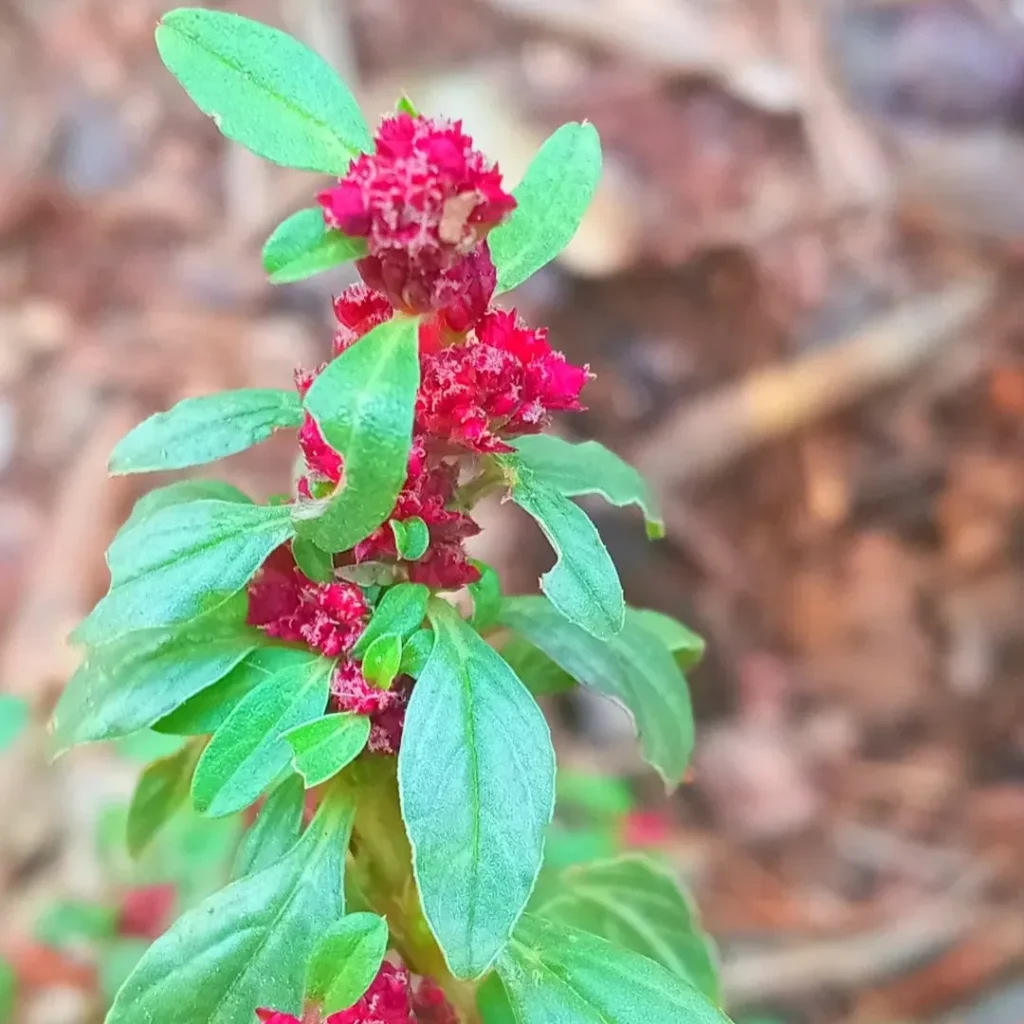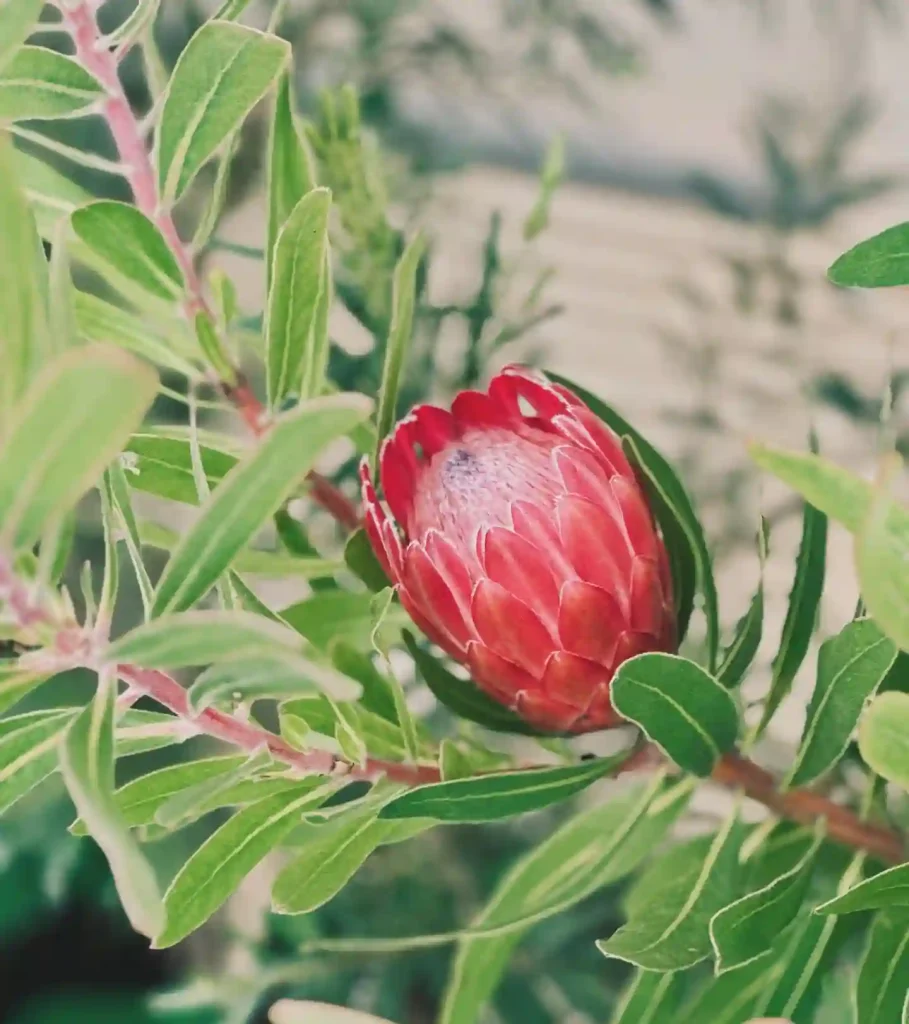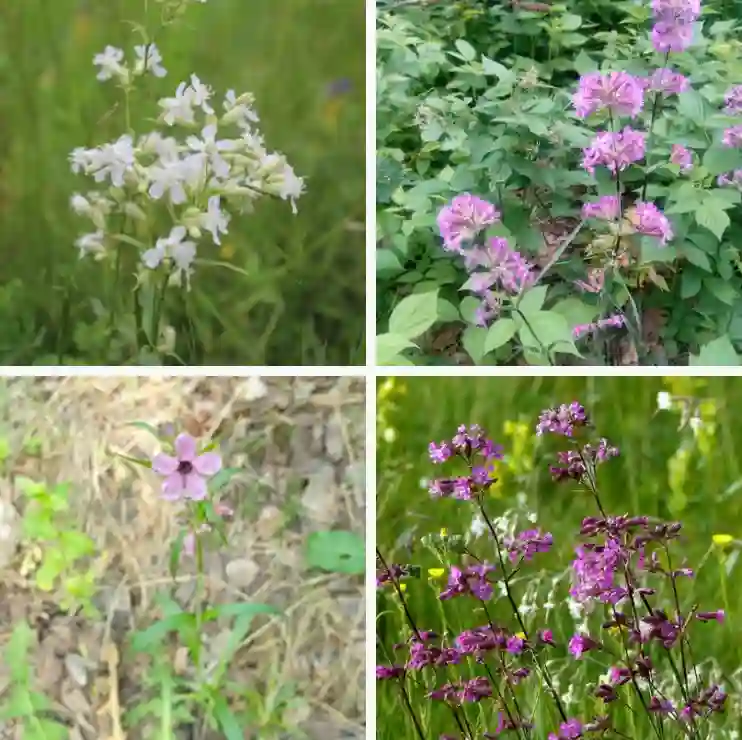July 26 – Sequoia
"Sequoia, the giant redwood, represents July 26."
Sequoia symbolizes legacy and endurance. You have a commanding presence and leave a lasting impression. Like this majestic tree, you are a symbol of strength and longevity.

The Majesty of Sequoias: A Personal Reflection
As Ferb Vu, I’ve always been drawn to the natural world, fascinated by its diversity and grandeur. Among the many wonders of nature, the Sequoia genus belong to the Cupressaceae family, holds a special place in my heart. These colossal trees, with their towering heights and ancient lifespans, evoke a sense of awe and wonder that few other living things can match.
A Living Legacy
Imagine standing at the base of a Sequoia, its trunk so wide it would take dozens of people to encircle it. Craning your neck to follow its seemingly endless ascent into the sky, you can’t help but feel a sense of insignificance in the face of such immense power and longevity. These trees have witnessed centuries of history, silently observing the rise and fall of civilizations, the ebb and flow of natural cycles. They are a living testament to the enduring power of nature, a symbol of resilience and survival.
The Sequoia genus comprises two extant species:
- Sequoia sempervirens: Commonly known as the Coast Redwood, this species holds the record for the tallest trees on Earth. They thrive in the foggy coastal regions of Northern California and Oregon, their fibrous bark and towering heights allowing them to withstand strong winds and heavy rainfall. Plant FAQs: Sequoia Sempervirens
- Sequoiadendron giganteum: The Giant Sequoia, as its name suggests, is the largest tree species in terms of volume. These behemoths are found in the Sierra Nevada mountains of California, where they endure harsh winters and dry summers. Their thick, fire-resistant bark and ability to regenerate after disturbances have enabled them to survive for millennia. Plant FAQs: Sequoiadendron Giganteum – Giant Redwood
More Than Just Size
While their size is undoubtedly impressive, Sequoias are much more than just large trees. They play a vital role in their ecosystems, providing habitat for countless other species. Their dense canopies offer shelter for birds and small mammals, while their fallen logs create nurseries for new seedlings. The deep root systems of Sequoias help stabilize the soil, preventing erosion and landslides.
Furthermore, Sequoias are crucial in the fight against climate change. They are incredibly efficient at absorbing carbon dioxide from the atmosphere, storing it in their massive trunks and branches. By protecting and restoring Sequoia forests, we can help mitigate the effects of global warming and preserve these magnificent trees for future generations.
Are sequoia trees redwoods?
While sequoia trees and redwoods are both giants of the forest, they’re actually different species. Sequoias, specifically giant sequoias, are only found in California’s Sierra Nevada mountains. Redwoods, specifically coastal redwoods, grow in a narrow strip along the coast of California and a tiny bit into Oregon. They’re closely related and share some characteristics, like their reddish bark, but they have different environmental preferences and distinct appearances.
Sequoia vs Redwood
I’ve always been captivated by the sheer size of Sequoias; their immense girth and height make me feel small and awestruck. When I visited a Sequoia grove, the experience was almost surreal, walking among trees that seemed to touch the sky. On the other hand, I’ve found that Redwoods, while also towering, have a slightly different charm with their reddish-brown bark and more slender appearance. The density of a Redwood forest felt like a cathedral, with the light filtering through creating a mystical atmosphere.
Are sequoia trees bigger than redwoods?
Sequoia trees and redwoods are both awe-inspiring giants, but they hold their titles in different ways. Redwoods are the tallest trees on Earth, reaching incredible heights. Sequoias, on the other hand, are the most massive trees by volume. Their trunks are incredibly thick and sturdy, giving them immense girths. Imagine the widest tree you’ve ever seen, and a sequoia will likely dwarf that. I think it’s truly amazing that California is home to both of these natural wonders!
How tall are sequoia trees?
Giant sequoia trees absolutely dwarf everything else in the forest. I remember the first time I went to Sequoia National Park, I was stunned. I craned my neck, tilting my head further and further back, and still couldn’t see the tops of some of them! It felt like these gargantuan trees went on forever. I still don’t think there’s anything else on Earth that can make you feel quite so small and insignificant, and yet so amazed at the sheer power of nature.
How old are sequoia trees?
Sequoia trees have been around for a mind-boggling amount of time. Some of them were alive when the pyramids were being built, and others are even older than that! It always makes me think about all the history they’ve witnessed – the rise and fall of civilizations, changes in the land, even shifts in the climate. Standing next to a tree that ancient gives me a real sense of perspective; it makes my own life seem so incredibly brief in comparison.
Where are the sequoia trees?
The only place you’ll find sequoia trees growing naturally is on the western slopes of the Sierra Nevada mountains in California. I’ve been lucky enough to visit both Sequoia and Kings Canyon National Parks, home to some truly breathtaking groves. It’s a long drive from where I live, but absolutely worth the trek. The air feels different there, cleaner and crisper. There’s a sense of peace that washes over me when I’m among those magnificent giants.
How old are giant sequoia trees?
Giant sequoias are among the oldest living things on the planet! Some of them are over 3,000 years old. It’s honestly difficult to even wrap my head around that kind of timescale. The idea that a tree might have been a seedling when ancient Rome was just beginning, and is still thriving today, is awe-inspiring. It makes me appreciate the incredible resilience of nature, and it also underscores how important it is to protect these ancient wonders.
Are there sequoia trees in Yosemite?
Yes, absolutely! Yosemite National Park is home to three incredible groves of giant sequoias. The Mariposa Grove is the most famous and easily accessible, especially since they added a shuttle system. I love hiking through the Mariposa Grove – you’re surrounded by these towering, ancient beings; it’s easy to forget the rest of the world exists. Yosemite also has the Tuolumne and Merced groves, which are smaller and less crowded, but just as beautiful.
Can sequoia trees grow anywhere?
While giant sequoias are incredibly resilient and long-lived, they do have specific needs to thrive. They need a climate with cool, snowy winters and dry summers, plus well-draining soil. This is why they primarily grow in a certain band along California’s Sierra Nevada mountains. However, with a little care and attention, sequoias can be grown successfully outside of their natural range. I’ve even seen beautiful sequoia trees in parks in other states across the US and even in some places in Europe!
How fast does a giant sequoia tree grow?
Giant sequoias grow surprisingly fast for being such massive trees, especially when they’re young. In ideal conditions, they can add a significant amount of height and girth each year. I remember learning that some trees can gain over a foot in height and an inch in diameter annually – that’s incredible growth! It’s a testament to their power and how well-adapted they are to their environment.
How to plant a sequoia tree?
Planting a sequoia tree is an incredible way to bring a piece of nature’s majesty to your own backyard… if you have the space! Here’s the thing: sequoias get HUGE, so make sure you’ve got ample room before you start. It’s also important to mimic their natural environment as much as possible – they need full sun, well-draining soil, and a place where their roots won’t be disturbed. I haven’t personally grown a sequoia from seed, but there are plenty of great resources online from nurseries and growers. Just remember, those first few years are crucial, so you’ll need to be attentive to watering and ensuring they have what they need to get established!
A Call to Action
Sadly, the future of Sequoias is uncertain. Habitat loss due to logging and development, coupled with the increasing threat of wildfires fueled by climate change, has put these ancient giants at risk. It is our responsibility to protect these magnificent trees, to ensure that they continue to inspire and amaze for centuries to come.
We can all do our part by supporting conservation efforts, advocating for sustainable forestry practices, and reducing our carbon footprint. By working together, we can ensure that the legacy of the Sequoias endures, and that these majestic trees continue to stand tall as a symbol of the enduring power of nature.
If i die, water my plants!



